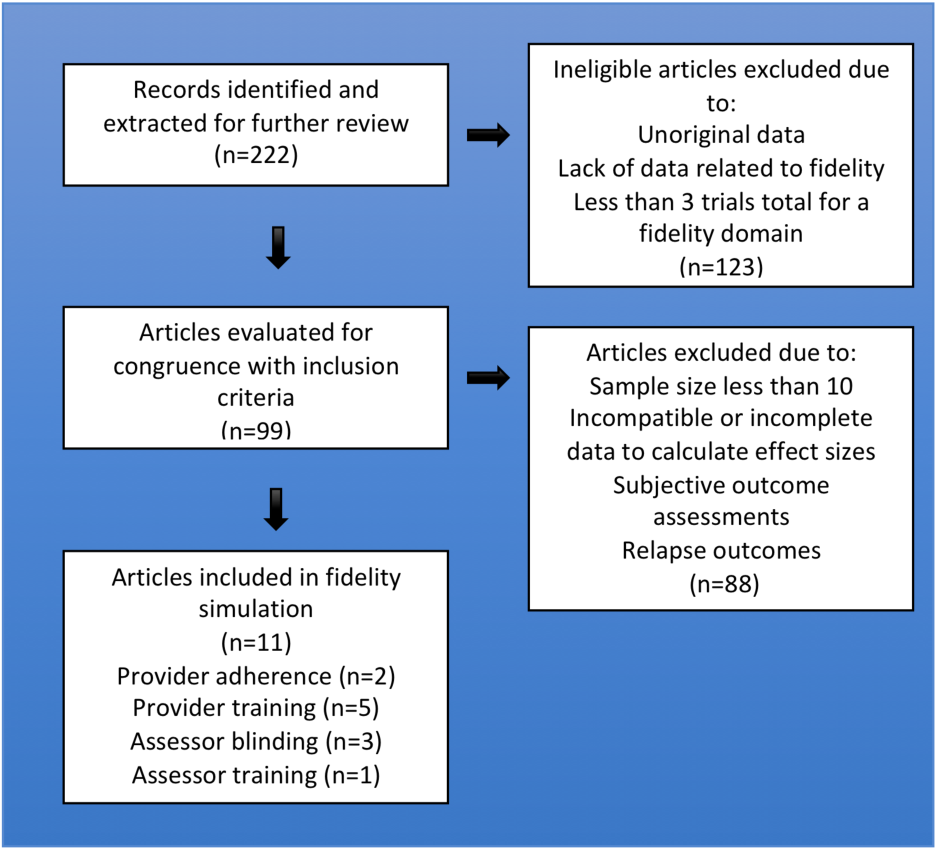What Are The Two Components Of Treatment Fidelity

Imagine a meticulously designed garden, bursting with potential. Each seed, carefully chosen and nurtured, promises a vibrant bloom. But without consistent watering, the right soil pH, and protection from pests, that potential withers. Similarly, in the world of therapy and intervention, the most promising programs can fall short if not implemented with unwavering precision.
At the heart of successful interventions lies treatment fidelity. This article will explain the core concept of treatment fidelity, breaking it down into its two critical components: adherence and competence. Understanding these components is crucial for anyone involved in delivering or evaluating interventions, from educators and therapists to healthcare professionals and researchers.
The Foundation of Effective Interventions
Treatment fidelity, also sometimes called program fidelity, refers to the extent to which an intervention is implemented as it was originally designed. It measures how well practitioners deliver the intervention according to the established protocol or manual.
The concept arose from the recognition that even the most well-researched and evidence-based programs can fail to achieve desired outcomes if not delivered correctly. Think of a precisely calibrated instrument; it requires a delicate balance to function at its peak, and deviations from the ideal can lead to inaccurate readings.
The National Institutes of Health (NIH) emphasizes the importance of treatment fidelity in research and practice. They highlight that failing to adequately monitor and maintain fidelity can lead to false conclusions about a program's effectiveness. This underscores the need for a rigorous approach to implementation, guarding against deviations that can compromise results.
Component 1: Adherence – Sticking to the Plan
Adherence, the first key component of treatment fidelity, speaks to the degree to which practitioners follow the prescribed procedures or guidelines of the intervention. It's about "doing what you're supposed to do," consistently and completely.
For instance, if a therapy protocol requires the therapist to spend a specific amount of time on each activity or use particular techniques during each session, adherence would be measured by how consistently the therapist adheres to these stipulations. Deviations from the protocol, such as skipping steps or modifying the content, directly impact adherence.
Assessing adherence often involves methods like direct observation, review of session recordings, or self-report measures completed by the practitioners. These measures help determine whether the intervention is being delivered as intended, revealing any areas where adjustments are needed.
"Adherence answers the question: Is the intervention being delivered as intended?" - adapted from a definition common in implementation science.
Component 2: Competence – Doing it Well
While adherence focuses on what is being done, competence addresses how well it is being done. It encompasses the skills, knowledge, and abilities required to effectively deliver the intervention. It is the quality of the delivery.
Imagine a chef meticulously following a recipe (adherence), but lacking basic cooking skills like knife skills or understanding ingredient interactions (competence). The final dish may follow the recipe, but taste far from the intended outcome.
Competence is assessed through measures such as standardized assessments, expert ratings of performance, or evaluations of practitioner skills. These assessments delve into areas like the practitioner's ability to engage with participants, use appropriate techniques, and adapt to individual needs within the framework of the intervention.
High competence translates to a greater likelihood of achieving the desired outcomes of the intervention. It reinforces the importance of ensuring that those delivering the intervention possess the necessary skills and knowledge to do so effectively.
Why Treatment Fidelity Matters
The significance of treatment fidelity extends far beyond simply "following the rules." It's about ensuring that the intervention's core elements, those proven effective through research, are consistently implemented. This maximized the likelihood that the targeted outcomes will be achieved.
Without fidelity, it's impossible to accurately attribute outcomes to the intervention itself. If a program fails to achieve desired results, but the implementation was inconsistent or poorly executed, it's unclear whether the problem lies with the program design or the implementation process. Proper treatment fidelity isolates the intervention as the variable.
Furthermore, maintaining treatment fidelity contributes to the overall integrity and credibility of research findings. When interventions are implemented with fidelity, the results are more likely to be reliable and generalizable to other settings. This allows other providers to take the program as is and receive the intended results.
Challenges to Maintaining Treatment Fidelity
Despite its importance, maintaining treatment fidelity can be challenging. Several factors can contribute to deviations from the protocol, impacting both adherence and competence. These include practitioner drift, lack of training, and contextual factors.
Practitioner drift occurs when practitioners gradually deviate from the original protocol over time, often due to personal preferences, perceived needs of clients, or simple forgetfulness. Regular monitoring and feedback are crucial to prevent practitioner drift and maintain consistent implementation.
Lack of training or inadequate supervision can also undermine treatment fidelity. Practitioners need adequate training on the intervention's principles, procedures, and techniques, as well as ongoing support to address challenges and reinforce best practices. It’s imperative to practice and be observed to provide quality service.
Contextual factors such as limited resources, organizational barriers, or competing demands can also impact treatment fidelity. Organizations need to prioritize treatment fidelity and create a supportive environment that enables practitioners to implement interventions as intended. This can include things like budgeting for ongoing training and providing protected time to implement practices.
Strategies for Enhancing Treatment Fidelity
Fortunately, there are several strategies that can be implemented to enhance treatment fidelity. These include using clear and well-defined protocols, providing comprehensive training, monitoring implementation, and providing feedback.
Clear and well-defined protocols provide practitioners with a roadmap for implementing the intervention, outlining the specific steps and procedures to follow. A detailed manual helps ensure everyone is one the same page.
Comprehensive training equips practitioners with the knowledge, skills, and abilities to deliver the intervention effectively. This includes initial training, ongoing professional development, and opportunities for practice and feedback.
Monitoring implementation allows for the identification of deviations from the protocol and areas where practitioners may need additional support. This can be accomplished through direct observation, review of session recordings, or self-report measures.
Providing feedback is crucial for reinforcing adherence and enhancing competence. Feedback should be timely, specific, and constructive, focusing on both strengths and areas for improvement. It should also happen in regular intervals so that changes can be made.
Looking Ahead
As the field of intervention science continues to evolve, treatment fidelity will continue to be a critical consideration. By understanding the two components of treatment fidelity – adherence and competence – and implementing strategies to enhance both, we can ensure that interventions are delivered effectively and achieve their intended outcomes.
Ultimately, prioritizing treatment fidelity is an investment in the well-being of those we serve. By ensuring that interventions are implemented with precision and skill, we can maximize their impact and improve lives.
This understanding will also provide more informed practices by those that implement them. It is important to remember that these components are not isolated elements but are interwoven aspects of successful intervention implementation. They must be considered together to ensure treatment fidelity.
+CATEGORY:.jpg)

















